目录
- 一、引言
- 二、@PathVariable 注解概述
- 三、@PathVariable 注解的基本使用
- 3.1 简单示例
- 3.2 测试示例
- 四、@PathVariable 注解的高级用法
- 4.1 多个路径变量
- 4.2 自定义路径变量名
- 五、@PathVariable 注解的应用场景
- 5.1 资源定位
- 5.2 路由设计
- 六、总结
一、引言
在现代的 Web 开发中,RESTful 风格的 API 已经成为了主流。而在构建 RESTful API 时,我们经常需要从 URL 中提取参数。Spring 框架提供了@PathVariable 注解,它可以帮助我们轻松地从 URL 中提取参数,让我们的代码更加简洁和优雅。本文将详细介绍@PathVariable注解的使用方法和应用场景。
二、@PathVariable 注解概述
@PathVariable是 Spring 框架中的一个注解,用于将 URL 中的模板变量映射到控制器方法的参数上。通过使用@PathVariable注解,我们可以在定义 URL 时使用占位符,然后在方法中通过参数来获取这些占位符的值。
三、@PathVariable 注解的基本使用
3.1 简单示例
假设我们有一个简单的 RESTful API,用于根据用户 ID 获取用户信息。我们可以使用@PathVariable注解来实现这个功能。以下是一个示例代码:
import org.springframework.web.bind.annotation.GetMapping;
import org.springframework.web.bind.annotation.PathVariable;
import org.springframework.web.bind.annotation.RestController;
@RestController
public class UserController {
@GetMappinandroidg("/users/{id}")
public String getUserById(@PathVariable Long id) {
// 这里可以根据用户 ID 从数据库中获取用户信息
return "User with ID " + id;
}
}
在上述代码中,@GetMapping("/users/{id}")定义了一个 URL 模板,其中 {id} 一个占位符。@PathVariable Long id表示将 URL 中的 {id} 占位符的值映射到方法的 id 参数上。
3.2 测试示例
当我们访问 http://localhost:8080/users/1 时,Spring 会自动将 URL 中的 1 提取出来,并将其作为参数传递给android getUserById 方法。方法将返回User with ID 1。
四、@PathVariable 注解的高级用法
4.1 多个路径变量
我们可以在一个 URL 中使用多个占位符,并通过@PathVariable注解将它们映射到方法的不同参数上。以下是一个示例代码:
import org.springframework.web.bind.annotation.GetMapping;
import org.springframework.web.bind.annotation.PathVariable;
import org.springframework.web.bind.annotation.RestController;
@RestController
public class ProductController {
@GetMapping("/products/{category}/{id}")
public String getProductByCategoryAndId(@PathVariable String category, @PathVariable Long id) {
return "Product in category " + category + " with ID " + id;
}
}
在上述代码中,定义了一个包含两个占位符的 URL 模板。@PathVariable String category 和 @PathVariable Long id 分别将 URL 中的 {category} 和 {id} 占位符的值映射到方法的 category 和 id 参数上。
4.2 自定义路径变量名
如果 URL 中的占位符名与方法参数名不一致,我们可以通过 @PathVariable 注解的 value 属性来指定占位符名。以下是一个示例代码:
import org.springframework.web.bind.annotation.GetMapping;
import org.springframework.web.bind.annoCGCKKntation.PathVariable;
import org.springframework.web.bind.annotation.RestController;
@RestController
public class OrderController {
@GetMapping("/orders/{orderId}")
public String getOrderById(@PathVariable("orderId") Long id) {
return "Order with ID " + id;
}
}
在上述代码中,@PathVariable("orderId") Long id表示将 URL 中的 {orderId}占位符的值映射到方法的id参数上。
五、@PathVariable 注解的应用场景
5.1 资源定位
在 RESTful API 中,我们经常需要根据资源的 ID 来定位和获取特定的资源。@PathVariable注解可以帮助我们轻松地从 URL 中python提取资源的 ID,从而实现资源的定位和获取。
5.2 路由设计
通过使用@PathVariable注编程客栈解,我们可以设计出更加灵活和简洁的路由。例如,我们可以根据不同的资源类型和资源 ID 来设计不同的 URL 模板,从而提高 API 的可维护性和可读性。
六、总结
@PathVariable注解是 Spring 框架中一个非常实用的注解,它可以帮助我们轻松地从 URL 中提取参数,从而实现 RESTful API 的开发。通过本文的介绍,我们了解了@PathVariable注解的基本使用方法和高级用法,以及它的应用场景。希望本文对你有所帮助。
到此这篇关于Spring 中的 @PathVariable 注解及应用场景分析的文章就介绍到这了,更多相关Spring @PathVariable 注解内容请搜索编程客栈(www.devze.com)以前的文章或继续浏览下面的相关文章希望大家以后多多支持编程客栈(www.devze.com)!
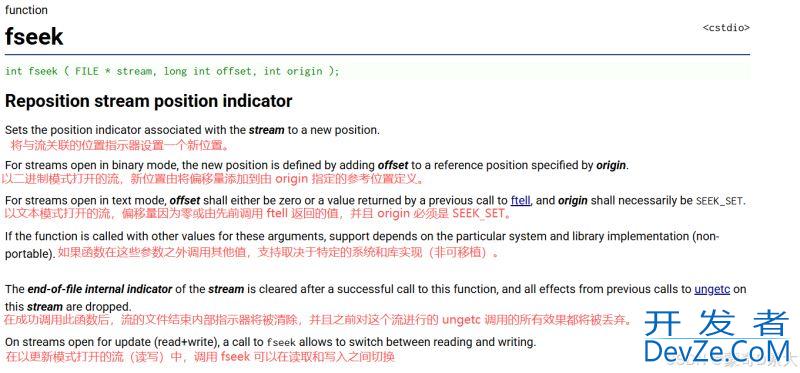

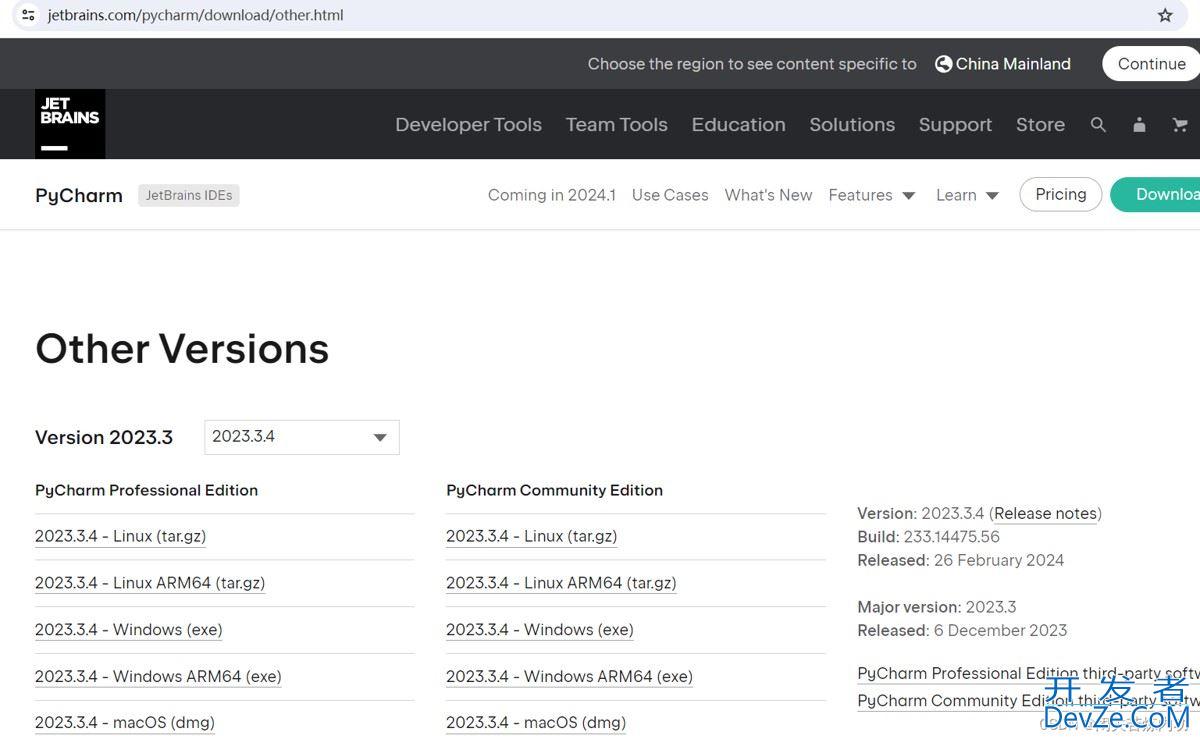
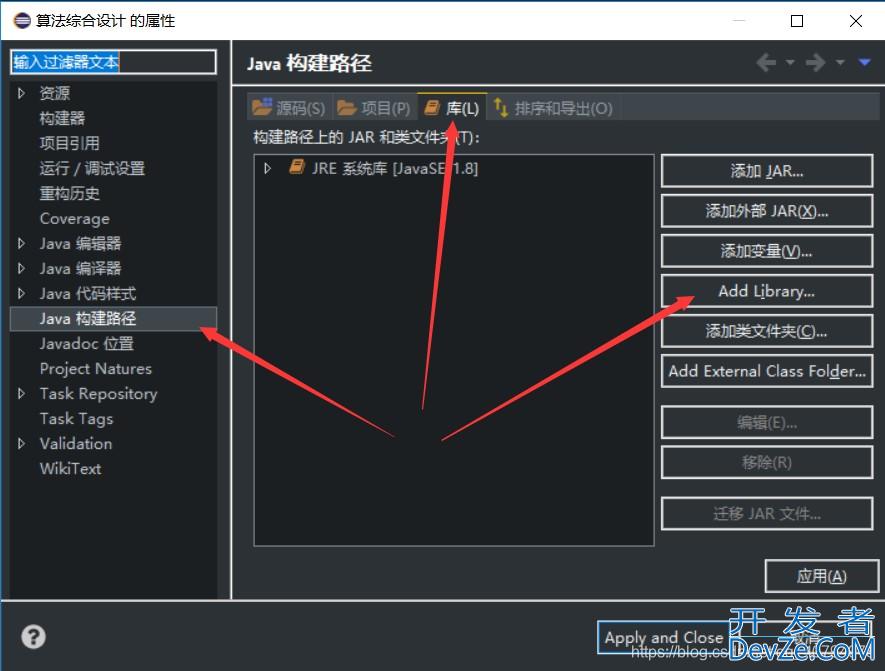
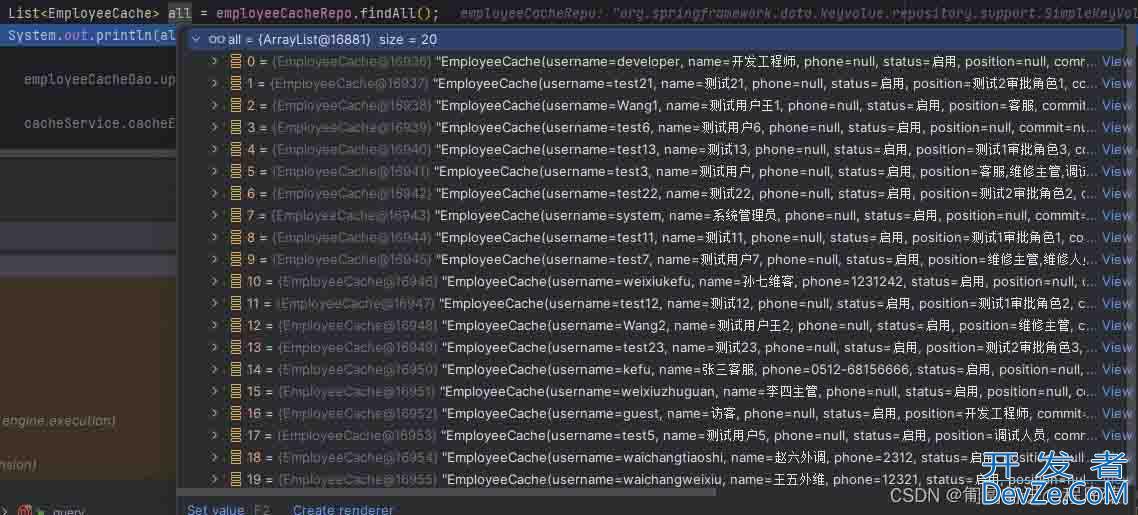
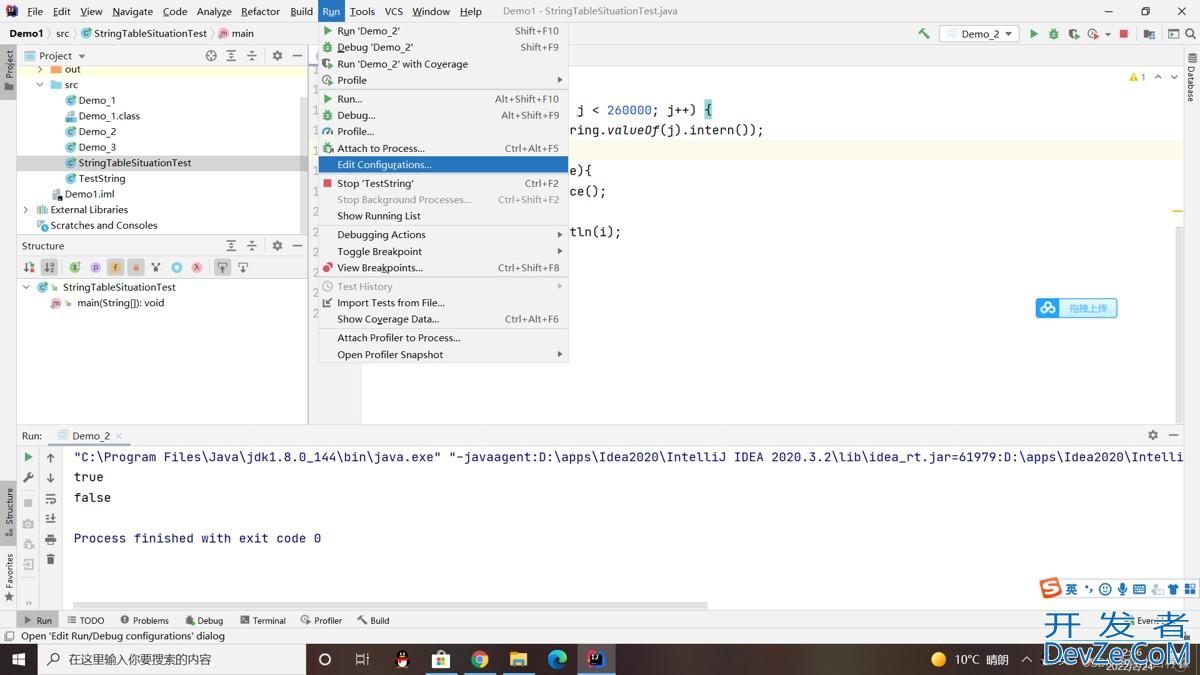
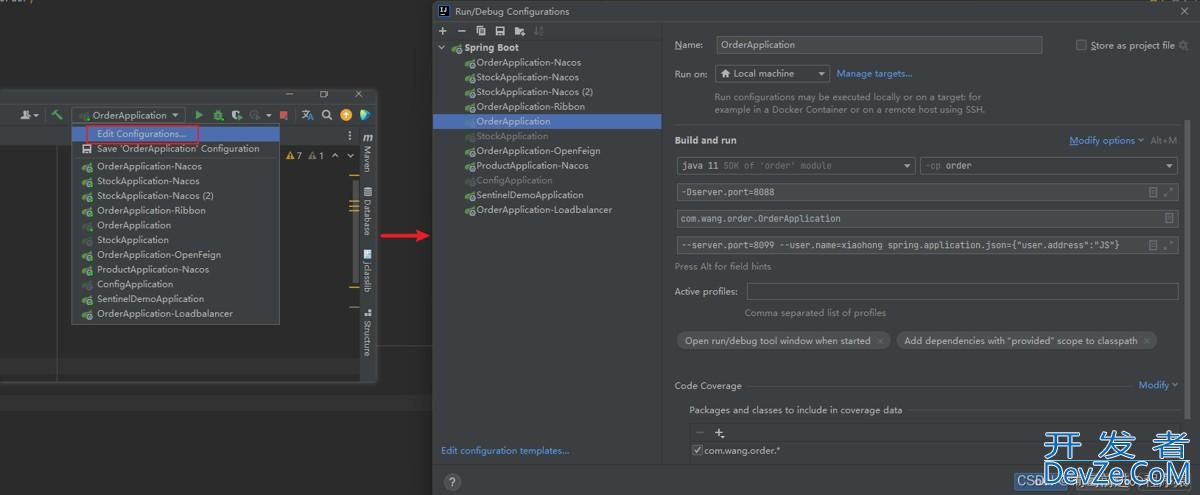

 加载中,请稍侯......
加载中,请稍侯......
精彩评论